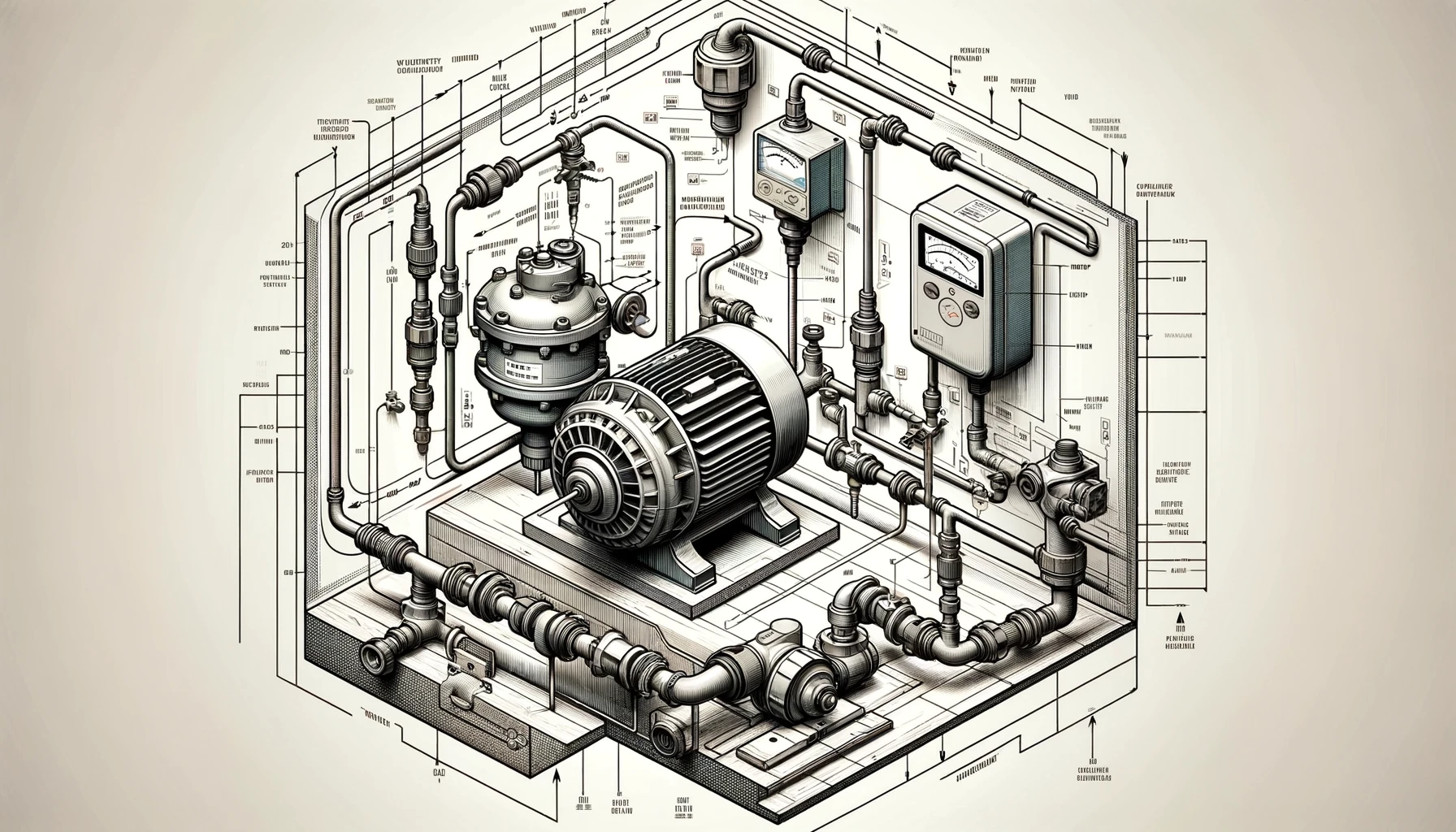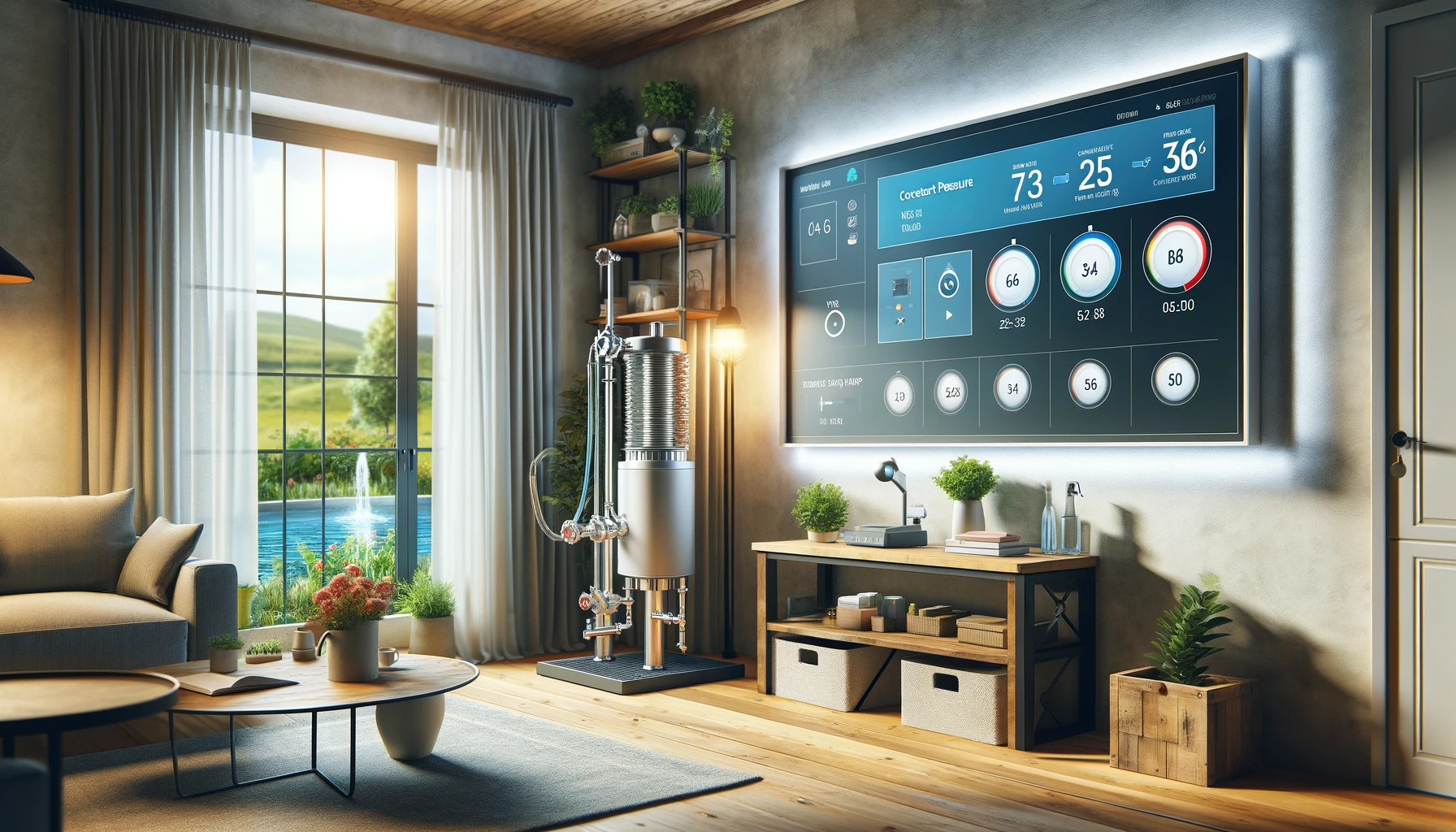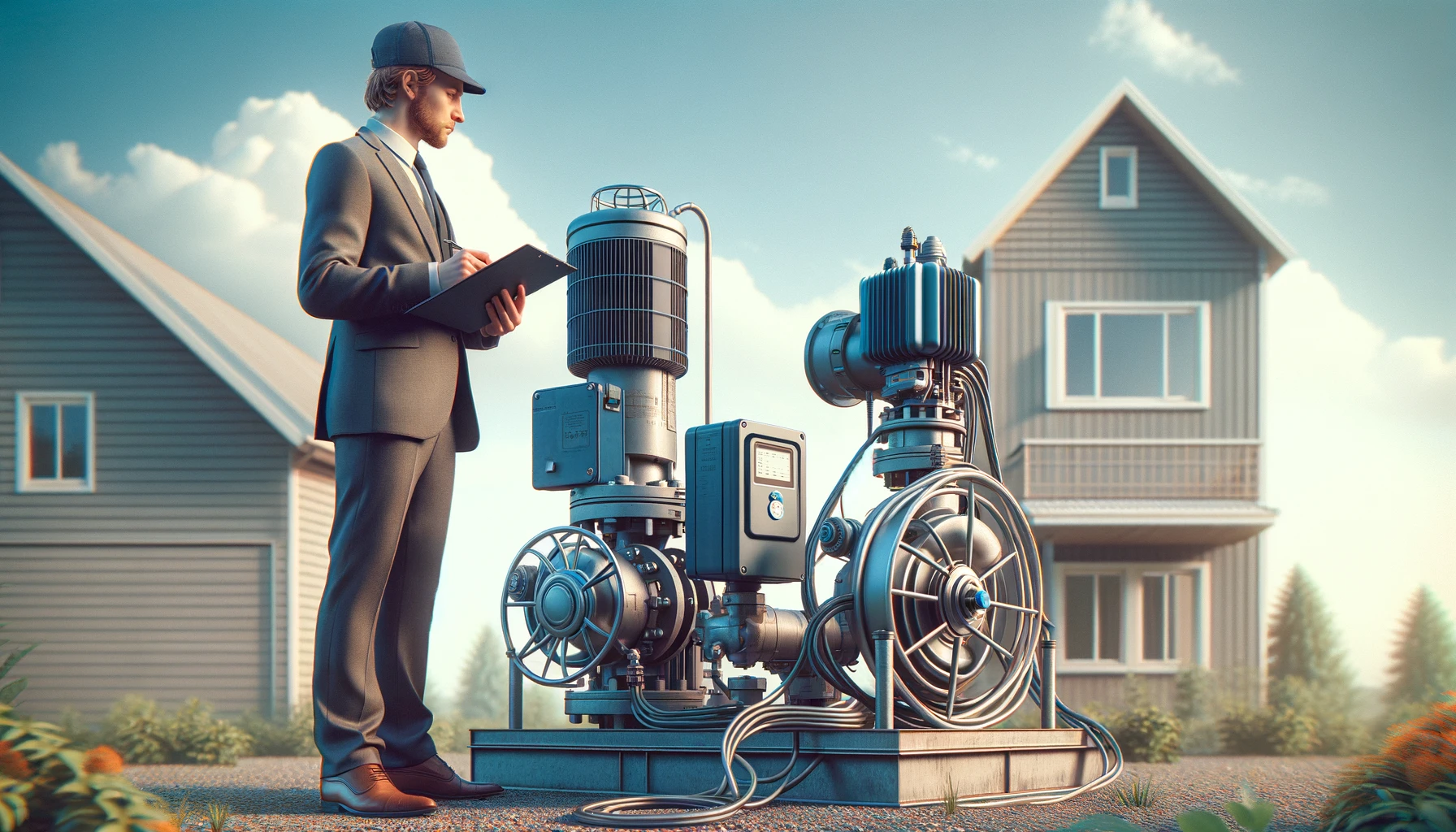Water is important for both homes and businesses, but people who use well water often have trouble keeping the water pressure consistent. Traditional well pump systems are known for causing changes in water pressure that can make it hard to do many things every day, from taking a shower in the morning to running irrigation systems. The invention of the constant pressure well pump was a huge step forward because it ensured a steady flow of water under constant pressure.
The article goes into the the mechanics, benefits, suitability for different users, durability, cost, and other complicated aspects of constant pressure well pumps. If you’re thinking about replacing or improving your well infrastructure or are interested in the benefits of constant pressure pumps, this story will help you make smart decisions about your water supply system.

What is a constant pressure well pump?
A constant-pressure well pump is a modern way to distribute water for homes and businesses that get their water from wells. As opposed to traditional well pumps, which switch between on and off, causing big changes in hydraulic pressure, this new system keeps the water pressure the same all over the property. It works because it has a Variable Frequency Drive (VFD) built in. This is a device that changes the speed of the pump to match the changing demand for water. This makes sure that the pressure stays the same no matter how much water is being used.
How does a constant pressure system work?
The core component of a constant pressure system is the Variable Frequency Drive (VFD). This pivotal device continually surveils water consumption and alters the velocity of the well pump to match this demand. Opening a tap and thus elevating the need for water prompts the VFD to accelerate the pump, ensuring the hydraulic pressure is preserved.
A reduction in demand leads to the pump decelerating. Such responsive valve and modulation effectively mitigates the prevalent issue of pressure diminutions experienced during concurrent water activities, like operating a dishwasher simultaneously with taking a shower.
Who should use a constant pressure systems?
Constant pressure systems are perfectly suited for residences and commercial settings where water demand fluctuates widely or where issues of low water pressure prevail. They offer considerable advantages to properties equipped with numerous bathrooms, extensive irrigation mechanisms, or those that utilize appliances consuming substantial amounts of water.
Additionally, locations positioned at the terminus of a municipal water supply or those characterized by considerable distances between the well and points of use stand to gain markedly from the consistent pressure these systems deliver.

How long do constant pressure well pumps last?
The lifespan of a constant pressure well pump can vary widely depending on several factors, including the quality of the pump, the level of maintenance, and the water quality. On average, these pumps can last between 10 to 15 years. Regular maintenance and addressing any water quality issues, such as high levels of sediment, can help extend the life of or replace the pump.
How much does a constant pressure well pump cost?
The investment required for a constant pressure well pump system can diverge greatly, influenced by factors such as the system’s scale, the brand of the pump, and the intricacies involved in its installation. Financial outlays can span from several thousand dollars for modest-sized residential setups to considerably more for expansive or sophisticated configurations. Engaging with a seasoned professional is crucial to obtain and maintain a precise cost estimate tailored to your unique requirements and situation.

Does constant pressure system need a pressure tank?
In contrast to conventional well systems, which are dependent on sizable pressure tanks for sustaining water pressure, constant pressure systems circumvent the necessity for large tanks thanks to the VFD’s capacity to fine-tune the pump’s speed instantaneously.
Nevertheless, a diminutive pressure tank is frequently employed alongside constant pressure systems. This addition serves as a cushion, diminishing the rate at which the pump activates and deactivates, thereby prolonging the operational life cycle of the pump.